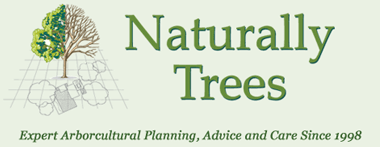Update on Myrtle Rust
Infected material traced and treated
Plants which were moved from infected properties within the Myrtle rust Quarantine Area before the emergency was declared have been traced to nurseries outside the Area. Myrtle rust has been confirmed on trace-forward material only and these consignments have been destroyed. The rest of the plants are being treated with fungicide, and quarantine protocols have been implemented.
One new infected premise was found in the Quarantine Area in the last week.
Myrtle rust has also been detected at low levels in a number of trace-forward properties in the Sydney Basin. Several infected lines of plants have been destroyed. The rest of the plants in these properties are being treated with fungicide, and quarantine protocols have been implemented.
All efforts are continuing to contain and eradicate myrtle rust.
Austromyrtus infection Another species of Myrtaceae susceptible to Myrtle rust is Austromyrtus inophloia Thready Barked Myrtle (also known as Gossia inophloia). Infections (photo) have been seen on Austromyrtus varieties 'Blushing Beauty' and 'Aurora' .
Another species of Myrtaceae susceptible to Myrtle rust is Austromyrtus inophloia Thready Barked Myrtle (also known as Gossia inophloia). Infections (photo) have been seen on Austromyrtus varieties 'Blushing Beauty' and 'Aurora' .
Spring is coming so be vigilant
Warmer spring weather and active growth in the host plants will favour the spread of Myrtle rust. Prompt reporting of suspect symptoms is essential.
Everyone is reminded that warmer spring weather and active plant growth in the host plants will favour the spread of Myrtle rust.
Weekend walkers might keep an eye out for symptoms on Myrtaceae (Eucalypts, Turpentine, Lily Pilly etc) in their neighbourhood. If you see suspect symptoms, prompt reporting is essential - but do not take a sample.Click here to report suspect symptoms
Categories
- Latest News (5)
- Articles (8)
- Tree of the Month (9)
- What pest or disease is that? (7)
Recent Posts
Archives
- August 2013 (1)
- November 2010 (1)
- October 2010 (3)
- September 2010 (2)
- August 2010 (2)
- July 2010 (2)
- June 2010 (5)
- May 2010 (12)
- April 2010 (1)
